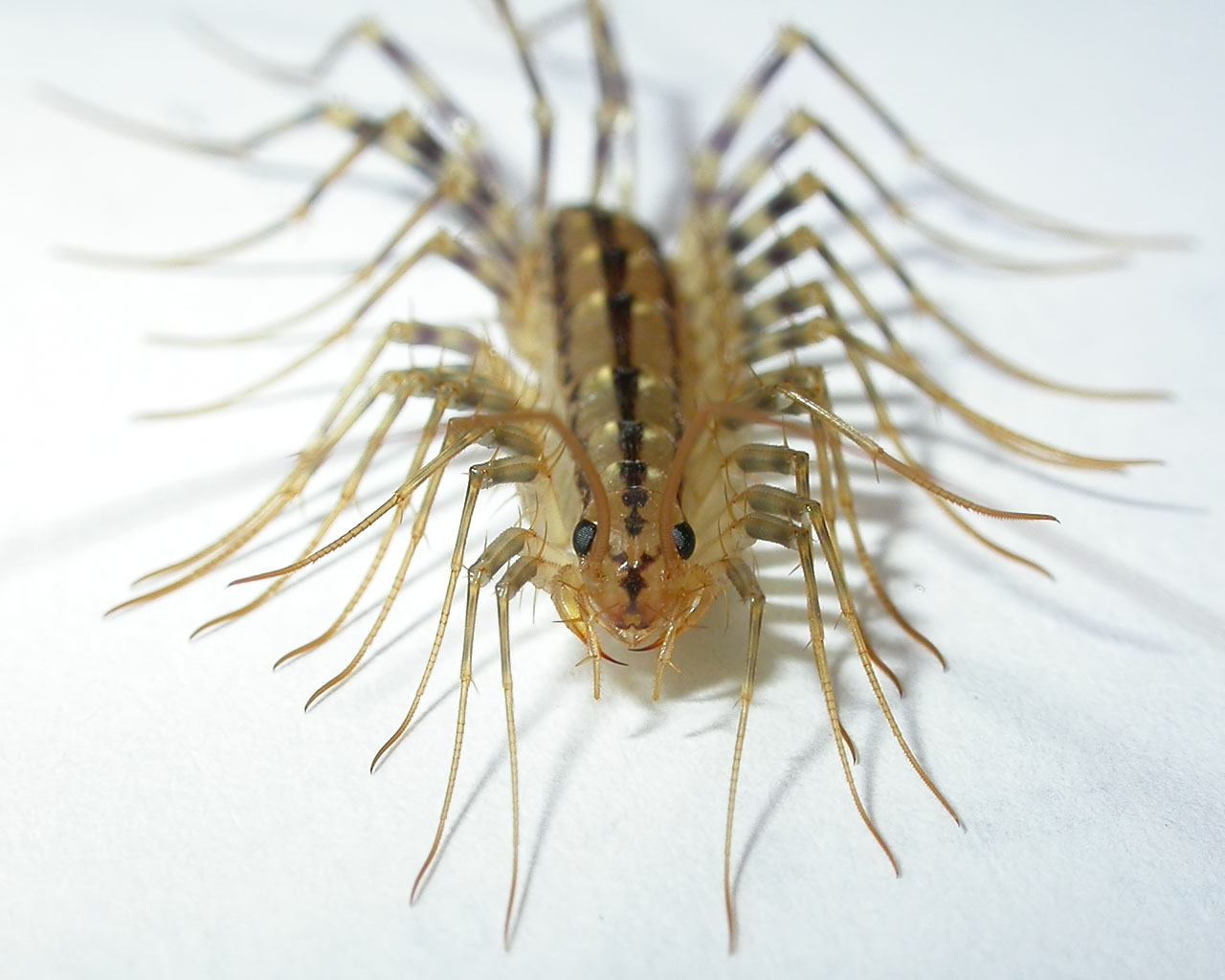Centipedes, often misunderstood and underappreciated, are intriguing creatures that play vital roles in our ecosystems. With their elongated bodies and numerous legs, they can evoke both fascination and fear among many. In this article, we will delve into the captivating world of centipedes, showcasing stunning pictures of centipedes while providing insightful information about their biology, behavior, and ecological significance. This comprehensive guide will not only satisfy your curiosity but also equip you with valuable knowledge about these remarkable arthropods.
The centipedes belong to the class Chilopoda and are known for their unique body structure, which typically features one pair of legs per body segment. They can be found in various habitats, ranging from forests to deserts, and exhibit a wide range of colors and sizes. Through this article, we aim to highlight the beauty and complexity of centipedes, offering a visual treat alongside educational content that emphasizes their importance in nature.
Whether you are a nature enthusiast, a student of biology, or simply curious about the lesser-known inhabitants of our planet, this article promises to be an engaging read. We will explore various aspects of centipedes, from their biological characteristics to their role in the ecosystem. So, let’s embark on this journey together and uncover the mysteries behind these fascinating creatures.
Table of Contents
- 1. Understanding Centipedes: A Brief Overview
- 2. Stunning Pictures of Centipedes
- 3. Biological Structure of Centipedes
- 4. Habitat and Distribution
- 5. Behavior and Feeding Habits
- 6. The Ecological Role of Centipedes
- 7. Myths and Misconceptions
- 8. Conclusion and Final Thoughts
1. Understanding Centipedes: A Brief Overview
Centipedes are fascinating arthropods that belong to the class Chilopoda. They are characterized by their elongated bodies and numerous legs, which can range from 15 to over 300 pairs, depending on the species. Centipedes are predatory creatures, primarily feeding on insects and other small invertebrates. They are found in a variety of habitats, including forests, grasslands, and even caves.
1.1 Centipede Classification
Centipedes are classified into different orders and families based on their physical characteristics and habitats. The two main groups include:
- Scutigeromorpha: Known as house centipedes, they are commonly found in human dwellings.
- Scolopendromorpha: This group includes larger species, often found in tropical regions.
2. Stunning Pictures of Centipedes
Visual representation plays a crucial role in understanding the diversity of centipedes. Below are some remarkable pictures of various centipede species that showcase their unique features and habitats.
2.1 Gallery of Centipede Pictures
3. Biological Structure of Centipedes
The biological structure of centipedes is designed for predation and mobility. Their elongated bodies are segmented, with each segment bearing a pair of legs. This section will explore the anatomy of centipedes in detail.
3.1 Anatomy of Centipedes
- Head: Equipped with compound eyes and antennae for sensory perception.
- Forcipules: Modified legs that act as venomous fangs to subdue prey.
- Legs: Provide swift movement, essential for hunting and escaping predators.
4. Habitat and Distribution
Centipedes inhabit a wide range of environments, from tropical rainforests to arid deserts. Their ability to adapt to different habitats is remarkable.
4.1 Preferred Habitats
Centipedes are commonly found in:
- Leaf litter and soil
- Under rocks and logs
- Caves and crevices
- Human dwellings
5. Behavior and Feeding Habits
Centipede behavior is primarily driven by their predatory instincts. They are nocturnal hunters, using their agility to catch prey.
5.1 Feeding Mechanism
Centipedes use their forcipules to inject venom into their prey, immobilizing them before consumption. They primarily feed on:
- Insects
- Earthworms
- Small vertebrates (in some species)
6. The Ecological Role of Centipedes
Centipedes play a vital role in maintaining ecological balance by controlling pest populations. Their predatory nature helps regulate the numbers of insects in various habitats.
6.1 Importance in Ecosystems
- Predators of various pests
- Prey for larger animals
- Contributors to soil health through decomposition
7. Myths and Misconceptions
Despite their ecological importance, centipedes are often misunderstood. Common myths about centipedes include:
- Centipedes are venomous and deadly to humans (most species are harmless).
- They can grow to enormous sizes (the largest species is only about 12 inches long).
8. Conclusion and Final Thoughts
In conclusion, centipedes are extraordinary creatures that deserve our appreciation and respect. They play crucial roles in our ecosystems and possess fascinating biological characteristics. By understanding and sharing knowledge about these remarkable arthropods, we can foster a greater appreciation for the diversity of life on our planet. We invite you to leave your comments below, share this article with fellow nature enthusiasts, and explore more articles on our site about the wonders of the natural world.
Thank you for joining us on this journey into the captivating world of centipedes. We hope to see you again for more insightful articles in the future!








